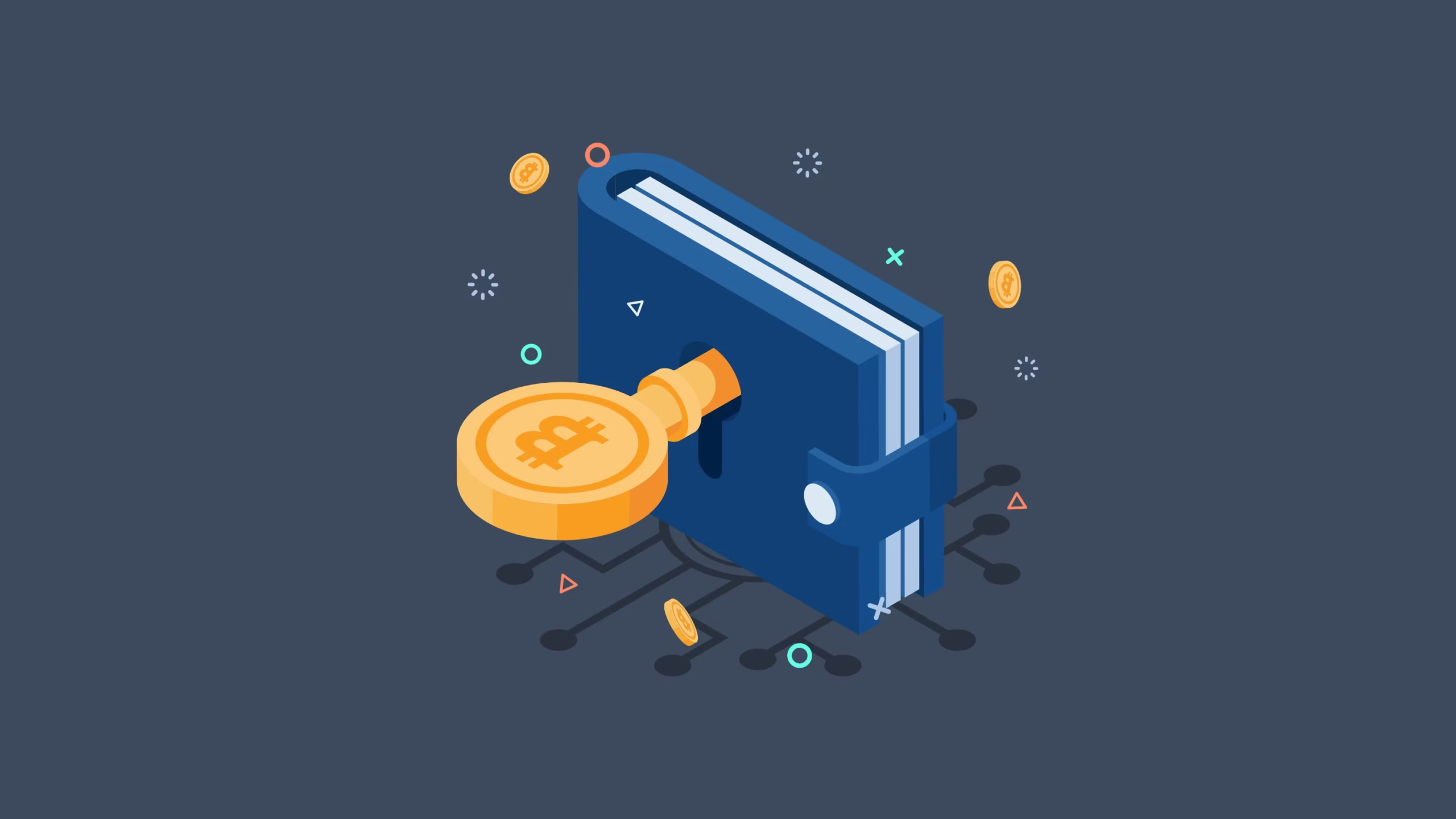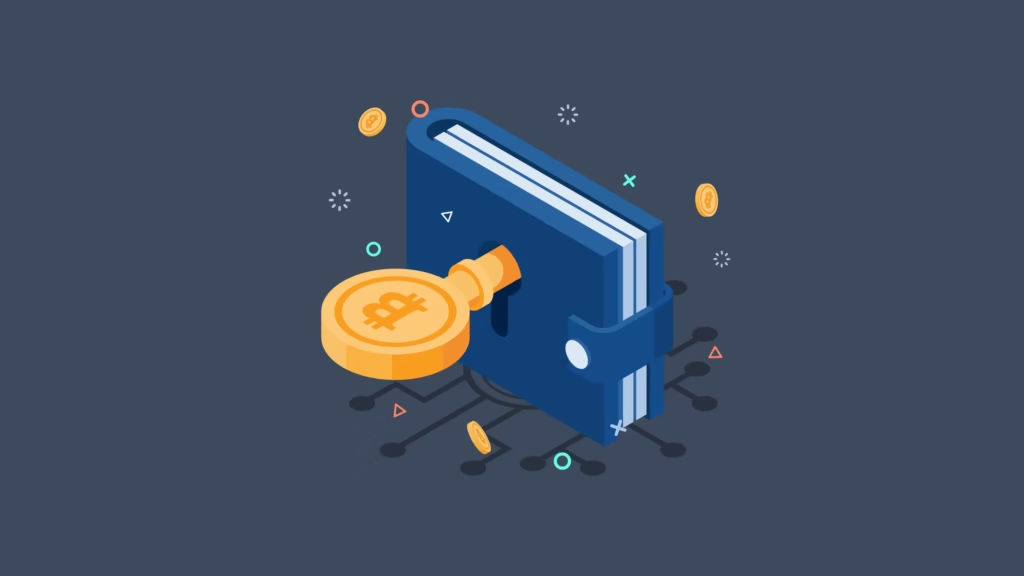
A cryptocurrency wallet isn’t a digital piggy bank—it’s a key manager. It holds your public and private keys, which grant access to coins held on the blockchain, not inside the wallet itself
🔑 Public Key: Acts like an account number—safe to share for receiving funds.
🔒 Private Key: Functions like a PIN—never share it. It’s the sole proof you own the funds.
🌐 2. How Crypto Wallets Work

- You initiate a transaction in your wallet.
- The wallet signs it using your private key.
- It broadcasts the signed request to the blockchain network.
- Nodes verify it and record the transfer.
The blockchain doesn’t store your wallets—just the ownership status tied to public addresses.
🧩 3. The Wallet Spectrum: Hot vs Cold
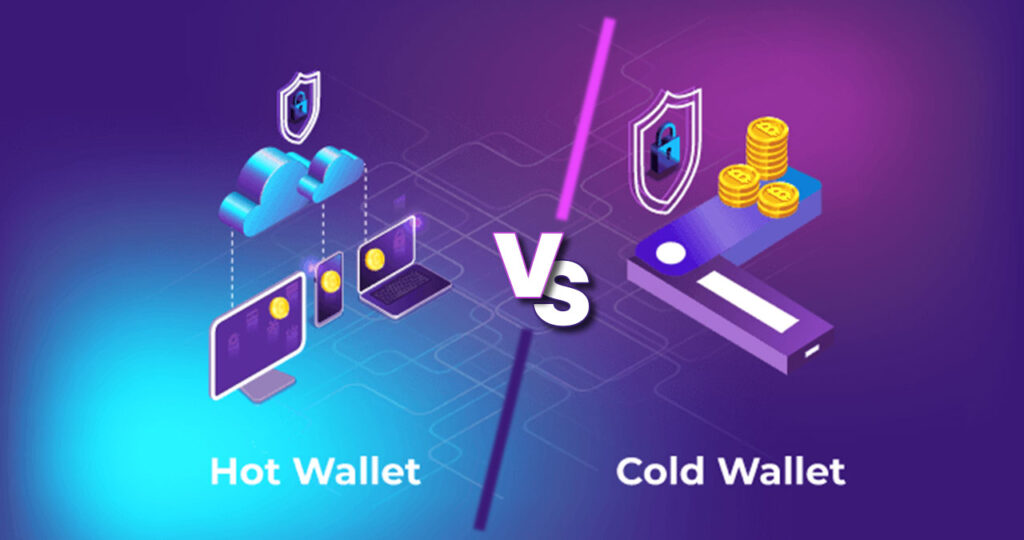
🔥 Hot Wallets (Connected)
- Web Wallets: Browser-based, e.g. MetaMask
- Mobile/Tablet Wallets: Apps like Trust Wallet, Coinbase Wallet
- Desktop Wallets: Programs such as Electrum
Pros: Convenience and quick access
Cons: Prone to phishing, malware, and hacks
🧊 Cold Wallets (Offline Storage)
- Hardware Wallets: Secure devices like Ledger, Trezor, or Bitkey
- Paper Wallets: Print or write down keys on physical media
Pros: Excellent for long-term storage and security
Cons: Less convenient, risk of physical loss
🏦 4. Custodial vs Non-Custodial: Who Holds the Keys?
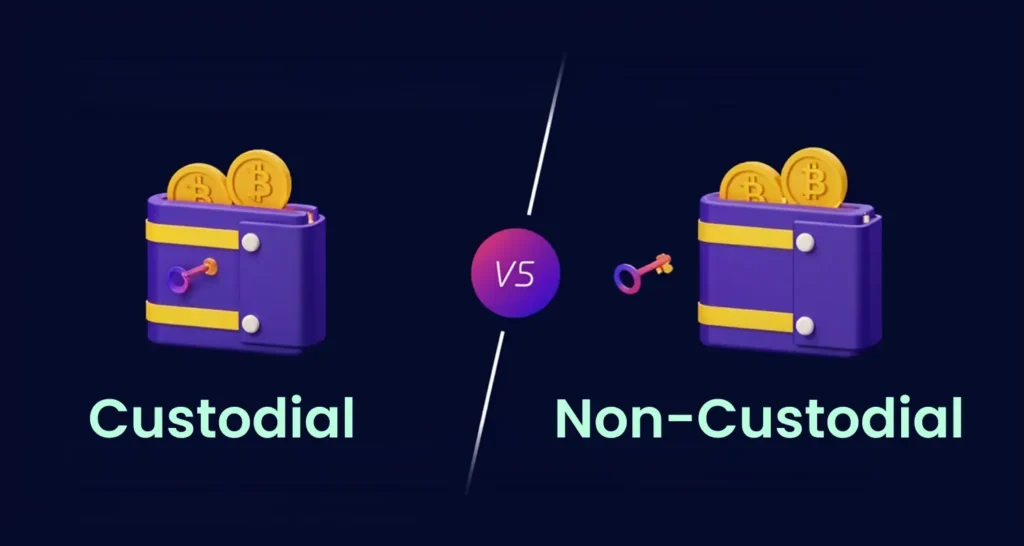
Custodial Wallets
Providers (like exchanges) hold your private keys
- Pros: Easy account recovery and setup
- Cons: You don’t fully control your assets; vulnerable to hacks or platform failure
Non-Custodial Wallets
You alone hold your keys.
- Pros: Full control over funds and encryption
- Cons: Total responsibility—lose keys, you lose access
🔒 5. Wallet Features & Security Essentials
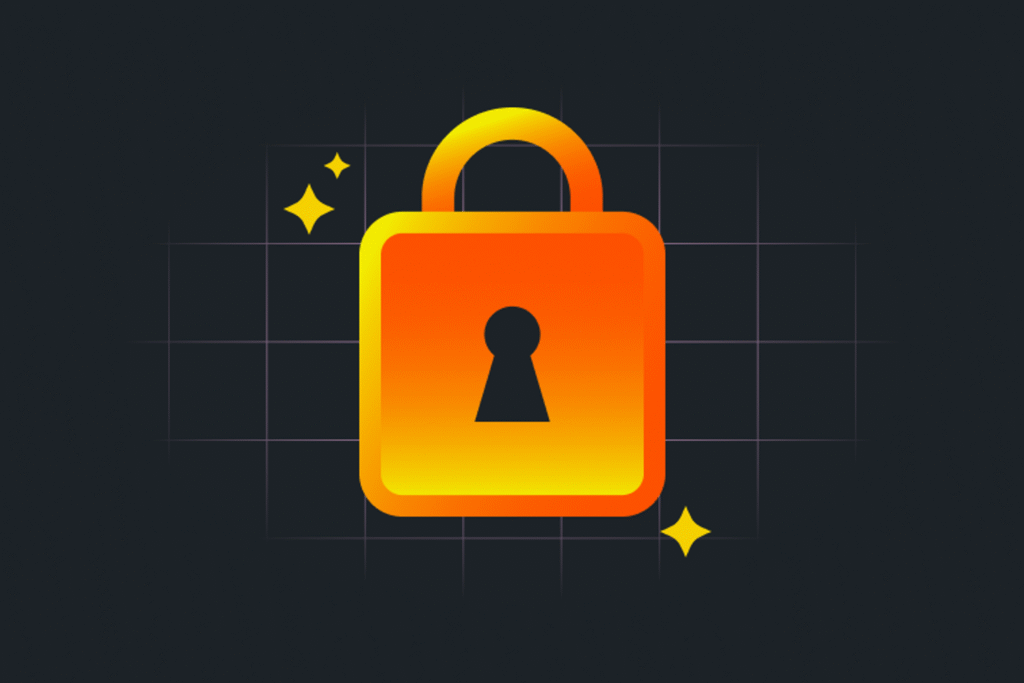
A robust wallet in 2025 (and beyond!) should include:
- 2FA & Biometrics – adds extra layers of protection
- Multisignature Support – requiring several approvals per transaction
- Secure Element & Air-Gapped Design – common in advanced hardware wallets
- Recovery via Seed Phrase – ensure you backup this securely offline
- Cross-Chain Compatibility – useful for managing multiple cryptocurrencies
🧭 6. Choose Wisely: Matching Wallet to Your Needs
| Use Case | HOT Wallets | COLD Wallets |
|---|---|---|
| Daily spending/trading | MetaMask, Trust Wallet | — |
| Storing large sums | — | Ledger Nano X, Trezor, Bitkey |
| dApp/DeFi interaction | MetaMask (browser/mobile) | Only read-only |
| NFTs & multi-token use | Trust Wallet, Phantom | Varies (device support required) |
🛡️ 7. Best Practices to Keep Your Wallet Safe
- Backup your seed phrase and store it offline (e.g., safe, metal plate).
- Never share private keys or seed phrases.
- Enable 2FA and biometrics if available.
- Download wallets only from official sources.
- Avoid logging in via public Wi‑Fi—use VPN or trusted networks.
- Stay alert to phishing attempts—double-check URLs
🚀 8. Looking Ahead: What the Future Holds
- Better DeFi/DApp integration: Wallets will embed features like token swaps, lending, and staking directly
- Enhanced UX/UI: Easier menus for beginners, while preserving advanced controls
- Cross-chain capabilities: One wallet for multiple blockchains
- Regulatory integration: Possible KYC options within custodial/non-custodial tools
✅ Conclusion: Why Wallets Matter
A crypto wallet is your gateway to digital ownership. It’s more than software or a device—it’s your identity and claim on the blockchain.
- Want speed and convenience? Go hot—just keep amounts small.
- Holding value long-term? Go cold.
- Value security and full control? Choose non-custodial setups.


